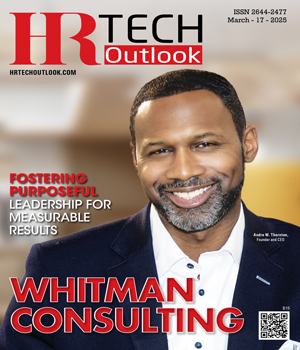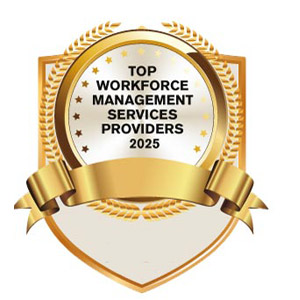In the ever-evolving business landscape, organizations face increasing pressure to maximize efficiency, foster innovation, and retain top talent. To achieve these goals, companies must integrate workforce management and leadership development into a cohesive strategy that empowers employees at all levels. Effective workforce management ensures that an organization’s human capital is optimally utilized, while leadership development cultivates the skills necessary for guiding teams toward long-term success.
Workforce management focuses on optimizing human resources through effective scheduling, productivity monitoring, and talent deployment. On the other hand, leadership development nurtures individuals who can inspire and guide teams, fostering a culture of continuous improvement. When combined, these two elements create a dynamic environment where employees are not just managed but are also motivated to grow and contribute meaningfully to the organization.
Strategic workforce planning ensures the right talent is in place for current and future business needs. By identifying high-potential employees early and providing leadership training, organizations can build a robust pipeline of future leaders. Aligning these two aspects prevents leadership gaps and fosters internal career growth. A strong leadership pipeline contributes to business continuity. Workforce management strategies must integrate succession planning to prepare future leaders who can step into critical roles seamlessly. This proactive approach mitigates risks associated with sudden leadership vacancies and ensures sustained growth.
With the rise of AI-driven workforce analytics and digital training platforms, companies can make data-driven decisions regarding staffing, performance management, and leadership development. Smart technology can track employee engagement, identify skill gaps, and provide personalized learning paths for leadership training.
For organizations to thrive in today’s competitive environment, workforce management and leadership development must go hand in hand. Effective workforce strategies ensure operational efficiency, while leadership programs nurture a culture of empowerment and innovation. By fostering a symbiotic relationship between these elements, businesses can cultivate a workforce that is not only productive but also poised to lead the organization into the future.
A unified approach to workforce management and leadership development is no longer a luxury but a necessity for sustainable success.



















